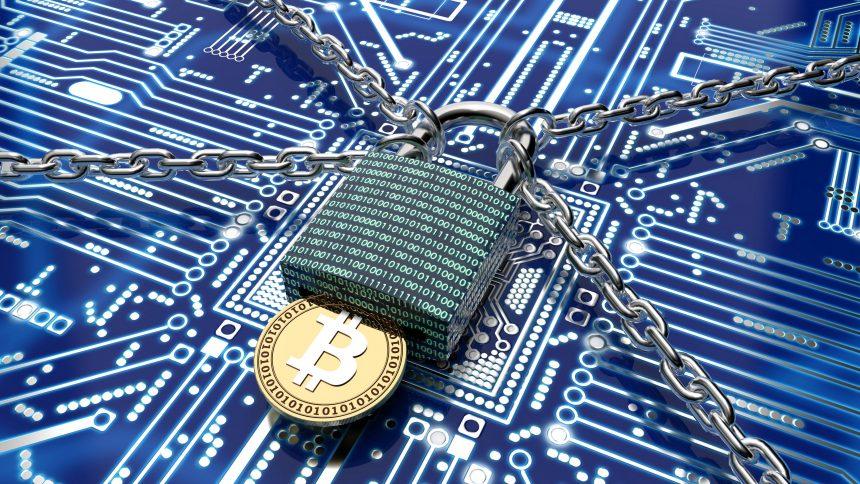In recent years, cyber threats have become increasingly sophisticated, with malware posing a significant risk to individuals and businesses alike. One such malicious software, the “Watz File Virus,” has emerged as a potent threat, capable of wreaking havoc on unsuspecting victims’ systems. This article aims to shed light on the nature of this cyber threat, its actions, consequences, detection names, and provide a comprehensive guide for its removal and prevention.
Understanding the Watz File Virus
The Watz File Virus belongs to the ransomware category, a type of malware that encrypts files on a victim’s system, rendering them inaccessible until a ransom is paid. Typically, this malware appends a specific extension to encrypted files, making them distinguishable from unaffected files. Victims are then presented with ransom notes demanding payment in exchange for the decryption key necessary to unlock their files.
Upon infection, the Watz File Virus encrypts various files on the victim’s system, including documents, images, videos, and more. This encryption process effectively locks the files, making them inaccessible to the user. Victims often find themselves unable to access crucial data, leading to disruptions in personal or professional activities. Additionally, the ransom note accompanying the attack adds further distress, demanding payment for the decryption key, with no guarantee of file recovery even after payment.
The WATZ Ransom Note
ATTENTION!
Don’t worry, you can return all your files!
All your files like pictures, databases, documents and other important are encrypted with strongest encryption and unique key.
The only method of recovering files is to purchase decrypt tool and unique key for you.
This software will decrypt all your encrypted files.
What guarantees you have?
You can send one of your encrypted file from your PC and we decrypt it for free.
But we can decrypt only 1 file for free. File must not contain valuable information.
You can get and look video overview decrypt tool:
https://we.ti/t-vc50LyB2yb
Price of private key and decrypt software is $980.
Discount 50% available if you contact us first 72 hours, that’s price for you is $490.
Please note that you’ll never restore your data without payment.
Check your e-mail “Spam” or “Junk” folder if you don’t get answer more than 6 hours.
To get this software you need write on our e-mail:
support@freshmail.top
Reserve e-mail address to contact us:
datarestorehelp@airmail.cc
Your personal ID:
0722JOsie
Detection Names and Similar Threats
Security software may identify the Watz File Virus using various detection names, including but not limited to:
- Trojan-Ransom.Win32.Watz
- Ransom:Win32/Watz.A
- Win32/Filecoder.Watz
Similar threats to the Watz File Virus include other ransomware variants such as:
- WannaCry
- Ryuk
- GandCrab
- Maze
Removal Guide
Removing the Watz File Virus from an infected system is crucial to regain control and mitigate further damage. Follow these steps for manual removal:
- Enter Safe Mode: Restart the infected computer and enter Safe Mode. This prevents the virus from loading with the operating system.
- Identify Malicious Processes: Open Task Manager (Ctrl + Shift + Esc) and look for any suspicious processes related to the Watz File Virus. End these processes.
- Delete Temporary Files: Clear temporary files and folders that may contain remnants of the virus.
- Remove Registry Entries: Use the Registry Editor (regedit) to delete malicious entries created by the virus.
- Scan and Remove Malware: Use reputable antivirus or anti-malware software to scan the system and remove any remaining traces of the Watz File Virus.
- Restore Encrypted Files: If backups are available, restore encrypted files from a clean backup source.
Preventing Future Infections
To minimize the risk of falling victim to ransomware attacks like the Watz File Virus, consider implementing the following best practices:
- Keep software and operating systems updated with the latest security patches.
- Exercise caution when opening email attachments or clicking on links, especially from unknown sources.
- Use reputable antivirus or anti-malware software and keep it updated regularly.
- Enable pop-up blockers and phishing filters in web browsers.
- Backup important files regularly to an external source not connected to the internet.
By adopting these preventive measures, users can significantly reduce their vulnerability to ransomware and other malware threats.





